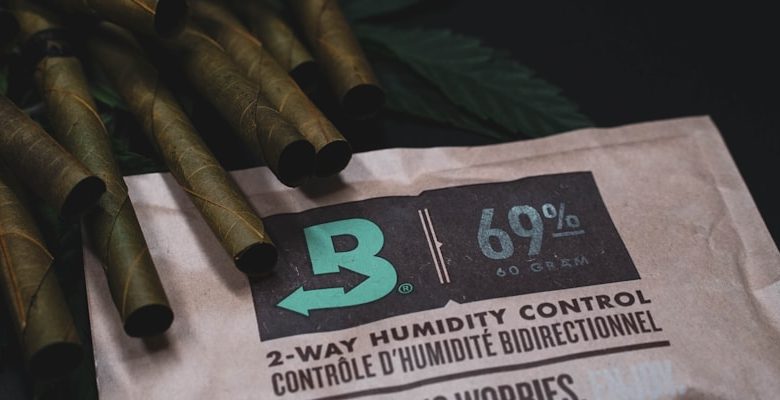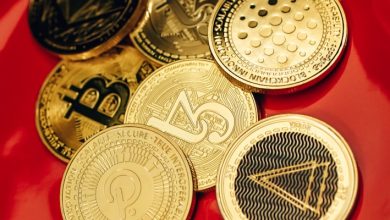Token Burn Mechanisms and Their Impact on Supply and Demand

- Understanding Token Burn Mechanisms
- Exploring the Economics of Token Burning
- Analyzing the Effects of Token Burns on Market Dynamics
- The Role of Token Burn Mechanisms in Controlling Supply and Demand
- Case Studies of Successful Token Burn Strategies
- Implications of Token Burns for Investors and Traders
Understanding Token Burn Mechanisms
Token burn mechanisms play a significant role in the cryptocurrency market by reducing the total supply of tokens available. This process involves permanently removing a certain number of tokens from circulation, thereby increasing the scarcity of the remaining tokens. As a result, token burn can have a positive impact on the value of a token by creating a deflationary effect.
One common method of token burn is through the use of smart contracts, which are programmed to destroy a specified number of tokens at regular intervals. This automated approach ensures transparency and prevents any possibility of manipulation. Additionally, token burn can be initiated by the project team as a way to demonstrate their commitment to the long-term success of the token.
By reducing the total supply of tokens, token burn mechanisms can help to maintain a healthy balance between supply and demand. This scarcity can drive up the price of the token, making it more attractive to investors. Furthermore, token burn can also increase the value of existing tokens held by investors, as the reduced supply can lead to a rise in their value.
Overall, understanding token burn mechanisms is essential for investors looking to capitalize on the potential benefits of this process. By reducing the total supply of tokens and increasing their scarcity, token burn mechanisms can have a positive impact on the value and demand for a particular token. This can ultimately result in a more robust and sustainable ecosystem for the cryptocurrency market.
Exploring the Economics of Token Burning
When exploring the economics of token burning, it is essential to understand the impact it has on the supply and demand dynamics of a cryptocurrency. Token burning is a process in which a certain number of tokens are removed from circulation, effectively reducing the total supply. This reduction in supply can lead to an increase in demand for the remaining tokens, potentially driving up the price.
Token burning mechanisms are often used by blockchain projects as a way to increase the scarcity of their tokens and create a deflationary economic model. By reducing the total supply of tokens, the value of each token can theoretically increase, benefiting existing token holders. However, it is important to note that token burning is not a guaranteed way to boost the price of a cryptocurrency, as other factors such as market sentiment and utility also play a significant role.
Some common methods of token burning include burning tokens used for transaction fees, buybacks and burns, and periodic burns based on a percentage of the project’s revenue. Each method has its own implications for the token’s value and overall market dynamics. For investors and traders, understanding how token burning works and its potential impact on supply and demand can be crucial for making informed decisions in the crypto market.
Analyzing the Effects of Token Burns on Market Dynamics
Token burns are a common mechanism used by cryptocurrency projects to reduce the total supply of tokens in circulation. This process involves permanently removing a certain number of tokens from the total supply, effectively decreasing the available supply in the market. The goal of token burns is to create scarcity and increase the value of the remaining tokens.
When a token burn is announced, it can have a significant impact on market dynamics. The reduced supply of tokens can lead to an increase in demand as investors anticipate scarcity and potential price appreciation. This increased demand can drive up the price of the token, creating a positive feedback loop that benefits holders of the token.
However, it’s important to note that token burns are not a guaranteed way to increase the value of a token. The success of a token burn in boosting the price of a token depends on a variety of factors, including the overall market sentiment, the utility of the token, and the effectiveness of the burn in creating scarcity.
The Role of Token Burn Mechanisms in Controlling Supply and Demand
Token burn mechanisms play a crucial role in controlling the supply and demand dynamics of a cryptocurrency. By permanently removing a certain amount of tokens from circulation, token burns can help create scarcity, which can drive up the value of the remaining tokens. This reduction in supply can also help counterbalance any inflationary pressures that may arise.
Token burns can be implemented in a variety of ways, such as through transaction fees, buybacks, or manual burns. Regardless of the method used, the goal remains the same: to reduce the overall supply of tokens in order to increase their value. This can create a positive feedback loop, where the increased value of the tokens incentivizes more users to hold onto them, further reducing the supply.
By controlling the supply of tokens in this way, token burns can help stabilize the price of a cryptocurrency and prevent sudden fluctuations. This can make the cryptocurrency more attractive to investors and users alike, as they can have more confidence in the value of their holdings. Additionally, token burns can also help align the incentives of token holders with the long-term success of the project, as they are directly tied to the value of their holdings.
Case Studies of Successful Token Burn Strategies
Several case studies have demonstrated the effectiveness of token burn strategies in managing supply and demand dynamics within a cryptocurrency ecosystem. These successful examples showcase the impact of token burns on token value and investor sentiment.
One notable case study is Binance Coin (BNB), which has implemented regular token burns based on trading volume. By reducing the circulating supply of BNB tokens, Binance has been able to create scarcity and drive up demand, leading to an increase in token value over time.
Another example is TRON (TRX), which conducted a massive token burn of 1 billion TRX tokens in 2018. This move helped to boost investor confidence in the project and demonstrate a commitment to reducing supply inflation, ultimately leading to a positive impact on token price.
Similarly, Ripple (XRP) has implemented token burns by placing a portion of XRP tokens in escrow and releasing them periodically. This strategy has helped to manage the supply of XRP tokens in the market and prevent sudden dumps, contributing to a more stable and predictable price trajectory.
Overall, these case studies illustrate the potential benefits of token burn mechanisms in creating a more sustainable token economy. By carefully managing token supply and demand dynamics, projects can enhance token value, attract more investors, and build a stronger foundation for long-term growth and success.
Implications of Token Burns for Investors and Traders
Token burns have significant implications for investors and traders in the cryptocurrency market. When a portion of tokens is permanently removed from circulation, it can lead to an increase in scarcity, which may drive up the value of the remaining tokens. This can create a sense of urgency among investors to acquire tokens before their supply diminishes further, potentially leading to a spike in demand.
For traders, token burns can present both opportunities and risks. On one hand, the increase in token value resulting from a burn can lead to potential profits for traders who hold onto their tokens. On the other hand, the sudden scarcity of tokens can also create volatility in the market, making it crucial for traders to stay informed and adapt their strategies accordingly.
Additionally, token burns can have a psychological impact on investors and traders. The act of permanently removing tokens from circulation can signal to the market that the project is committed to increasing the value of its tokens. This vote of confidence from the project team can help instill trust and attract more investors, further driving up demand for the remaining tokens.



